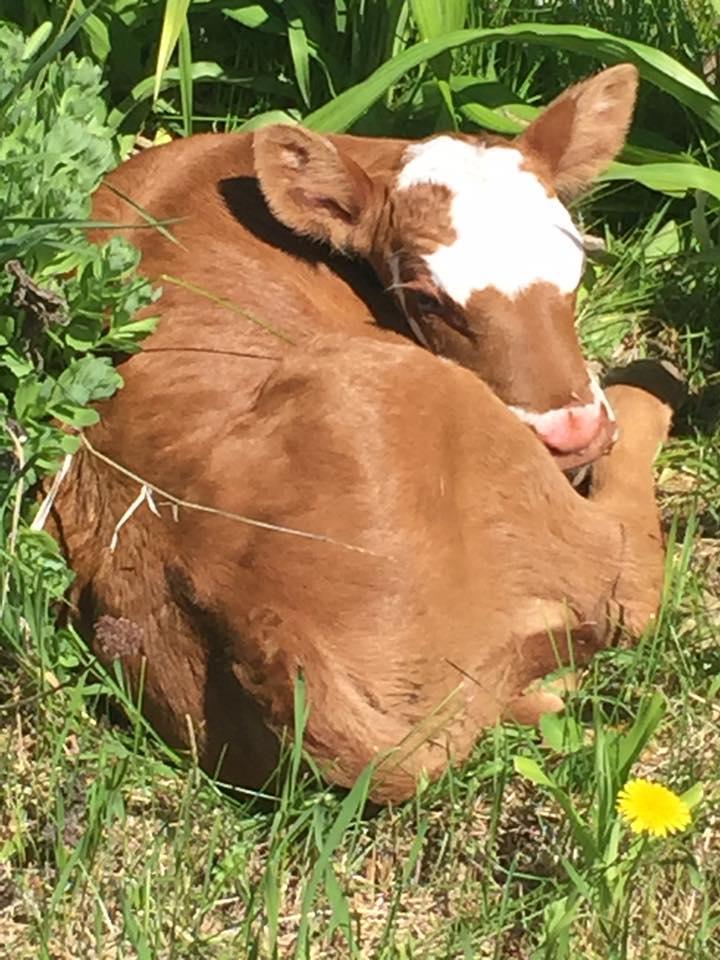Morning Show
Sustainable Beef: Mob Grazing at Helstrom Farms in Hibbing, MN
By Maggie Montgomery • Aug 2, 2017
Listen Here: 91.7 KAXE/90.5 KBXE Morning Show

Jason Helstrom’s pastures have so much grass “we don’t know what to do with it.” It’s the result of a grazing practice he uses on Helstrom Farm in Hibbing that mimics the eating, trampling and fertilizing actions of the thousands of bison that built the great prairies of this country as they followed the grass through the seasons.
Jason and his wife Charity are the 5th generation on Helstrom Farm, which was founded by Jason’s great-great grandfather, Jacob, who immigrated to the United States from Finland. Jason started farming conventionally, but reached a turning point in 2009 when he attended a seminar put on by Greg Judy from Missouri. “It opened our eyes to a new way of doing things,” Jason said. “Greg Judy made the comment, ‘to be sustainable in agriculture it has to be fun and it has to be profitable.'” “Prior to this, our operation kept growing but we were getting more equipment, bigger cattle, feeding more, using more fertilizers–so even though our production was increasing our profits weren’t changing at all. “We came back from this seminar and we were pretty much on fire!
Things finally made sense to us. That’s when we invested in this portable electric fencing and we immediately started experimenting with mob grazing…and it’s just gone from there.” Not only do the Helstroms like their new way of farming, but the cattle like it too. Jason reports that the cattle act more like a cohesive herd and take care of each other. This means they have almost no predator issues. And the cows are used to being moved–they’re content knowing they’ll get a constant supply of fresh grass. “The family thinks it’s great,” Jason reports. “They’ve seen the changes that have come in the pasture. We have so much grass now it’s ridiculous and we haven’t had to put down any inputs.”
The cattle are kept in a tight herd of about 200 in an acre’s space. The natural way they act on the land sequesters carbon. “With the mob grazing when each group of cows comes through each paddock or cell they’ve just fertilized the whole area, they’ve mulched it, they’ve aerated the soil, and they’ve re-seeded it for you. All you had to do was move the fence. Then you give it a good recovery period and the grass just explodes behind the cows.”
The cattle are kept in a tight herd of about 200 in an acre’s space. The natural way they act on the land sequesters carbon. “With the mob grazing when each group of cows comes through each paddock or cell they’ve just fertilized the whole area, they’ve mulched it, they’ve aerated the soil, and they’ve re-seeded it for you. All you had to do was move the fence. Then you give it a good recovery period and the grass just explodes behind the cows.”
There is more information about mob grazing and its effects on the environment in the interview with Jason Helstrom (above) and Northern Community Radio’s Maggie Montgomery and Katie Carter. Helstrom Farm grass-fed beef and chicken are for sale on their website, HelstromFarms.com. You can also find more on their Facebook page.


Leave a Reply